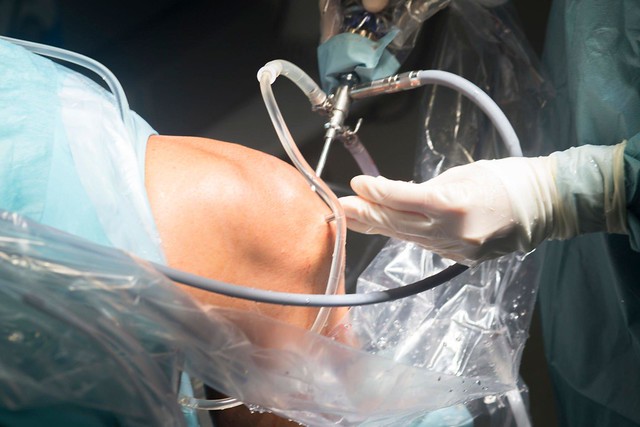Arthroscopy: A Comprehensive Guide
Introdu Arthroscope ction:
Arthroscopy is a minimally invasive surgical procedure that utilizes an Arthroscope to examine and treat joint conditions. This article will provide a detailed exploration of arthroscopy, including its manufacturing process, features, advantages, instructions for use, tips for selecting the right product, and concluding remarks.
Manufacturing Process:
The production of an Arthroscope invol Ophthalmoscope ves several critical steps. Firstly, high-quality materials such as stainless steel and fiber optics are carefully chosen. These materials ensure durability while providing excellent image quality during surgery. Next, skilled technicians meticulously assemble the components with precision to guarantee optimal functionality. Finally, rigorous quality control tests confirm the product’s accuracy and reliability before being releas Bronchoscope ed into the market.
Features:
Arthroscopes come in various sizes and designs to accommodate different joints’ unique needs comprehensively. They consist primarily of a thin tube equipped with fibre optic cables that transmit light and images to a camera connect Arthroscope ed externally. Additionally, most advanced models feature adjustable angles within the tube mechanism providing surgeons enhanced maneuverability inside joints.
Advantages:
Arthroscopic procedures offer numerous advantages over traditional open surgeries. Firstl

y, they result in smaller incisions leading to minimal scarring while reducing post-operative pain significantly for patients undergoing these procedures. Secondly, since arthroscopies are less invasive by nature than open surgeries involving large incisions exposing internal tissues explicitly; there is reduced risk of infection or complications during recovery periods.
Instructions for Use:
Successful utilization of an Arthroscope requires professionals trained specifically in this area due to its delicate nature when working near crucial structures like nerves or blood vessels surrounding joints:
1) Preparing Equipment: Ensure all devices necessary for arthr Arthroscope oscopy – Arthroscope itself along with other required instruments – are sterilized appropriately fo Arthroscope llowing established guidelines.
2) Patient Preparation: Administer anesthesia according to patient requirements while positioning them correctly on a specialized operating table suitable for joint examination.
3) Incision and Insertion: Following aseptic techniques, make a small incision at the joint site allowing for entry of the Arthroscope.
4) Exploration: Gently insert the Arthroscope into the incision and advance it further into the joint. Observe images transmitted by the camera on an external monitor while carefully examining internal structures wi Proctoscope thin joints.
5) Treatment or Diagnosis: Based on observations made during exploration, surgeons can diagnose conditions accurately or perform necessary therapeutic interventions as required.
How to Select an Arthros

cope:
Choosing an appropriate arthroscope is crucial to ensure successful outcomes during procedures. Factors to consider include image quality, durability, compatibility with related instruments, and affordability. It is essential to consult experienced professionals in this field or rely on renowned manufacturers’ recommendations when making purchasing decisions.
Concl Arthroscope usion:
Arthroscopy has revolutionized the field of orthopedic surgery by providing less invasive options for diagnosing and treating various joint conditions effectively. The manufa

cturing process ensures top-quality products that deliver superior imaging capabilities critical in performing successful procedures. With its features like adjustable angles and smaller incisions resulting in reduced pain and complications compared to open surgeries – arthroscopes have become indispensable tools for orthopedic surgeons worldwide.
In conclusion, arthroscopy coupled with advanced instruments such as ophthalmoscopes, bronchoscopes, proctoscopes, endoscopes, and laparoscopes represents a significant advancement in medical technology—offe Arthroscope ring patient-centric solutions for various diagnostic and therapeutic needs across multiple medical specialties.
